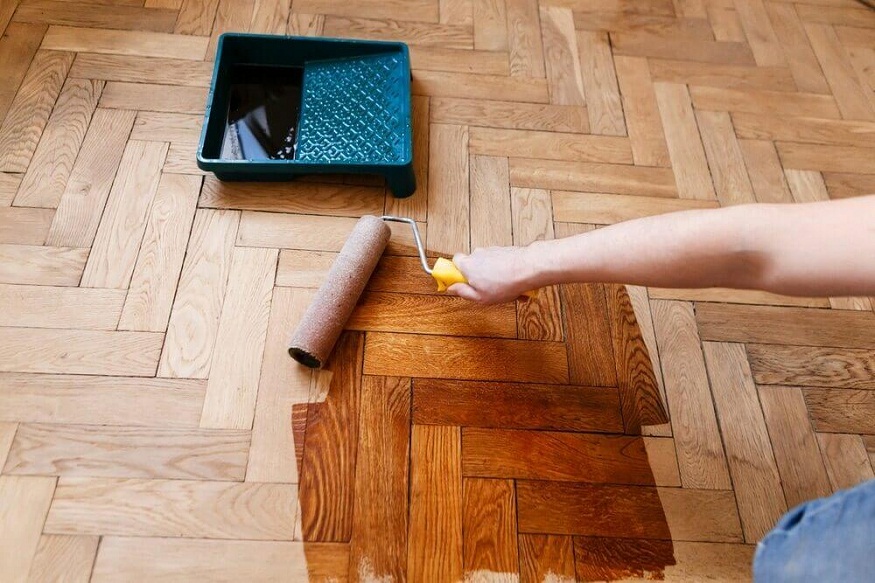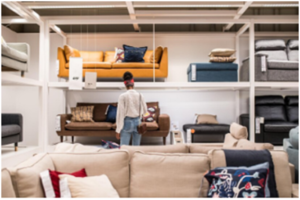
Why Our Home’s Soul Was Hidden Under Carpet
When we bought our 1908 Victorian in downtown Loveland, we knew it was going to be a project. The porch needed stabilizing, the electrical system hadn’t been updated since the 1980s, and the kitchen was full of dated laminate and stained cabinetry. But what we didn’t expect—what really took us by surprise—was what we found under the living room carpet.
During our first week of demo, I grabbed a utility knife and pulled back a corner of the worn beige carpet. There it was: real wood. Wide-plank, nail-down hardwood that had clearly seen better days but still had the structure, the grain, and the quiet beauty of something built to last.
My heart skipped a beat. “We’re not covering this back up,” I told my husband.
It didn’t stop there. Room by room, we pulled back layers—carpet, old vinyl, even plywood underlayment—and kept finding wood. It was like the house had been whispering all along, “I’m still here. Don’t forget me.”
But not all the wood was salvageable. The upstairs had serious water damage, and the kitchen had been remodeled so many times the floor was a checkerboard of mismatched boards and soft spots. We needed professional help.
I started searching online for hardwood floor refinishing in Loveland Colorado, and we asked neighbors who had worked with local tradespeople. One name came up again and again. When I called them, I expected a sales pitch. Instead, I got questions:
“What species of wood do you think it is?”
“What’s the subfloor like?”
“Are you planning to match the new installs with the old boards, or contrast?”
It was like talking to a preservationist, not a contractor.
They sent out a crew two days later. The project manager walked every room with us, noting which sections could be saved and where replacement was the smarter choice. He tapped the wood with a moisture meter and told us which areas needed patching. He explained how the sanding would work, how many coats of finish we’d need, and how they could hand-match stain colors for a seamless look.
I asked about dust—he laughed. “Everyone asks that. Don’t worry. We use HEPA-filtered vacuums and close off each room.”
We decided to refinish the original floors downstairs and install new white oak upstairs and in the kitchen. We chose a soft honey-toned stain that looked like something straight out of the home’s early days. The grain popped. The seams disappeared. And the way the light hits the floors in the morning still gives me chills.
The crew was methodical, kind, and incredibly skilled. These weren’t just floor guys—they were Loveland hardwood flooring installation experts who cared about historic homes as much as we did. They even helped us source antique vent covers to keep the old-world feel intact.
During the final walkthrough, I remember looking at the living room and saying, “This feels like the house is breathing again.”
Now when people come over, they always ask if the floors are original. I tell them, “Some of it is. Some of it isn’t. But all of it was done with care.”
If you’re sitting on top of old wood and thinking of covering it up, don’t. There’s history there. Character. Strength.
Sometimes, the best design decision is to restore what was already beautiful.


